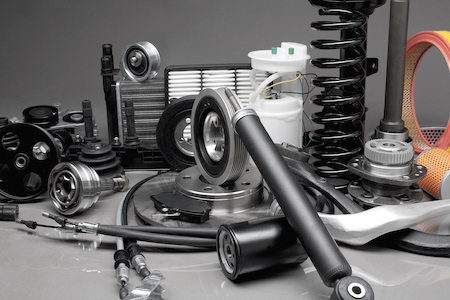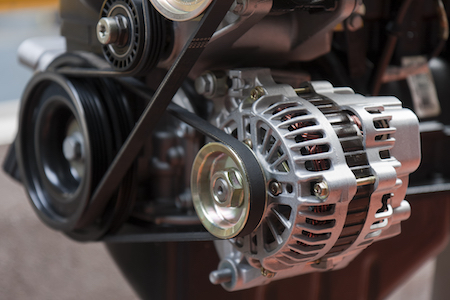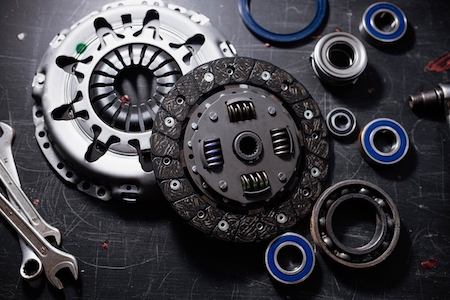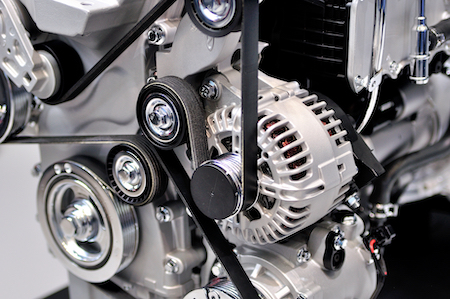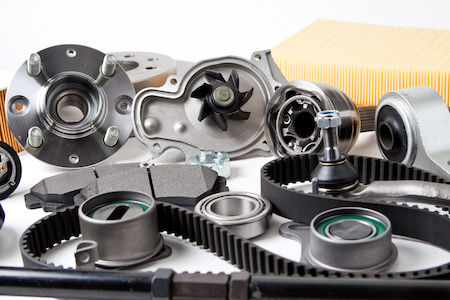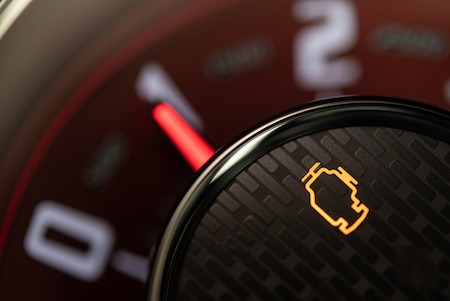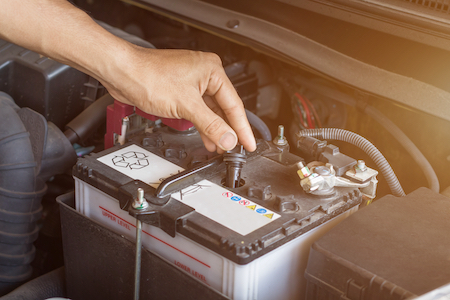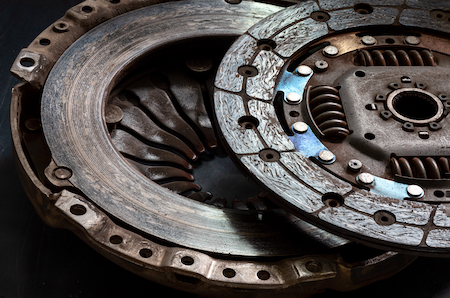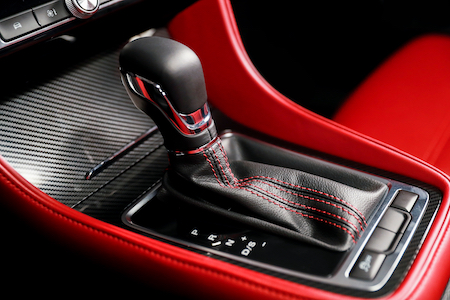Would it surprise you to learn that not all car repair shops use quality parts and components to fit into your car?
Maybe you’ve even experienced it yourself. You pull in and expect a specific service, only to discover a short while later that the repair wasn’t completed as discussed.
Car repair is often considered to be one of those areas that’s overwhelming at best. You know your car needs work, but you aren’t sure who to trust. What’s a person to do?
Types of car repair shops
Car repair shops can be categorized in one of three ways:
- Car dealerships – mechanics at a dealer are specially trained for the brand’s cars.
- General repair shops – mechanics who understand the ins and outs of most vehicles, and can work on any problem as it arises.
- Specialized repair shops – these are chains that specialize in one item – tires, brakes, oil changes, etc.
Drivers often use car dealerships while their cars are under warranty. Because dealerships are quite expensive, drivers usually shop around looking for more personalized service that’s easier to fit into the budget.
They might rely on specialized repair chains for specific services, but quickly move to general repair shops when they require more than one service at a time.
Then comes the difficult part – choosing a reputable car repair service that you can rely on. It’s only natural to start asking questions like:
- Do they provide quality service?
- Do they use quality parts?
- Do they tell the truth about repair work?
Choosing high-quality parts is crucial for ensuring your car’s safety, reliability, and efficiency. Quality car parts provide many benefits, including:
Safety and Reliability
Safety should be the top priority when it comes to car repairs. Quality parts and components are designed and manufactured to meet or exceed industry standards, ensuring they perform reliably under various driving conditions. Lower quality or counterfeit parts may compromise the safety of the vehicle and its occupants.
Want examples? Using substandard brake pads may reduce stopping power, leading to longer braking distances and potentially hazardous situations. Similarly, using cheap and inferior suspension components can negatively impact the vehicle’s handling and stability. This increases the risk of accidents – something you hope never to experience.
Investing in quality parts gives you peace of mind knowing that your vehicle is equipped with components that have undergone rigorous testing and meet strict safety standards.
Performance and Efficiency
Quality parts and components can significantly enhance the performance and efficiency of your car. Original Equipment Manufacturer (OEM) parts, designed specifically for your vehicle’s make and model, offer the best fit and compatibility. These parts are engineered to work seamlessly with the rest of the car’s systems, maximizing performance and fuel efficiency.
However, much debate exists about how well OEM parts compare to aftermarket parts. High quality aftermarket parts can often do the job equally well, helping you save money in the process. We believe it comes down to a highly skilled mechanic selecting the right part for the job. Sometimes OEM parts are best. Sometimes an aftermarket part works equally well and saves money in the process. If you have any questions about what parts are being used, have a conversation with the mechanic before the repair work is completed.
Longevity and Cost Savings
Using quality parts and components in car repairs can contribute to the longevity of your vehicle and save you money in the long run. High-quality parts are generally more durable and reliable, reducing the likelihood of premature failures or breakdowns. By choosing quality components, you can extend the lifespan of your vehicle and avoid costly repairs that may arise from using inferior parts.
Moreover, quality parts often come with warranties that provide additional protection and reassurance. These warranties cover defects and failures within a specified period, giving you peace of mind and potential cost savings. While the initial cost of quality parts may be higher compared to their cheaper counterparts, the long-term benefits outweigh the short-term savings.
Resale Value and Brand Reputation
Using quality components in car repairs can positively impact the resale value of your vehicle. Potential buyers often look for vehicles that have been well-maintained with genuine parts. Having a documented history of using quality components enhances your car’s perceived value and reliability, making it more appealing to buyers.
Additionally, using genuine parts from reputable manufacturers contributes to the overall brand reputation of your vehicle. Trusted automotive brands invest heavily in research and development to produce high-quality components that meet stringent standards. By utilizing these parts, you maintain the integrity of your vehicle and align with the manufacturer’s commitment to excellence.
Do you use a car repair shop that invests in quality parts?
Cars today are a significant investment. The average new car price has settled at just above $48,000.
Maybe that’s why we’re keeping our cars longer than ever before. Studies show we keep pickup trucks for 13.6 years, SUVs for 8.5 years, and sedans for 10.3 years. That’s expected to rise significantly as cars get more expensive.
Those statistics are just two reasons why people are becoming more involved in selecting a car repair shop that can help them keep their cars better, longer. It’s no longer about keeping a car running; it’s about keeping it in good working condition for life.
When it comes to car repairs, the quality of the parts and components used can make a significant difference in the overall performance and longevity of the vehicle. Choosing high-quality parts is crucial for ensuring your car’s safety, reliability, and efficiency.
If you haven’t found a repair shop to rely on, maybe it’s time.
As a family auto repair shop, we care about the parts we use to service each vehicle and our reputation in the community.
How can we help you keep your car in great condition?

